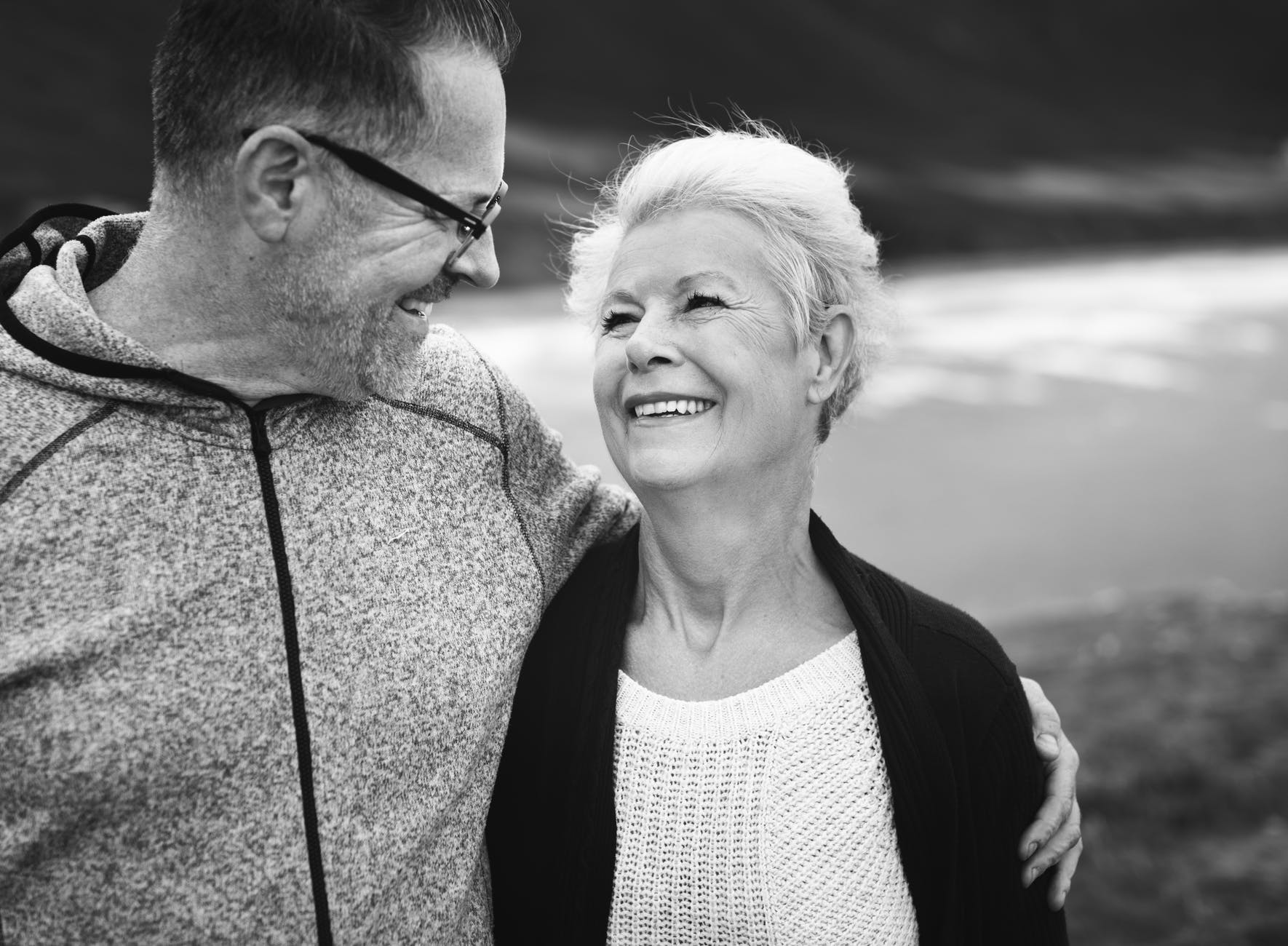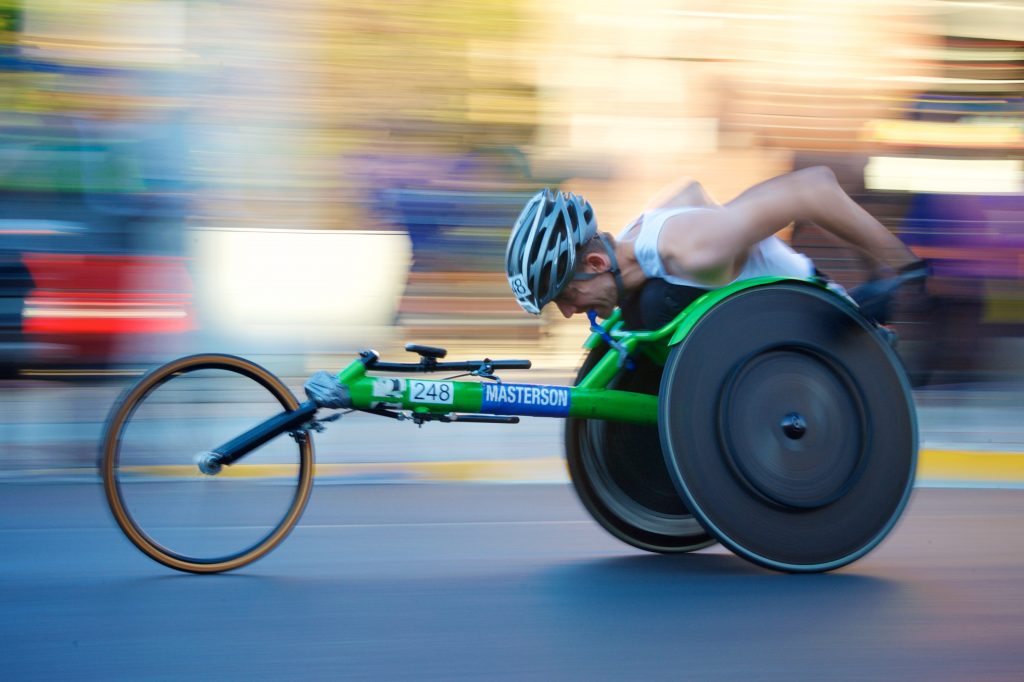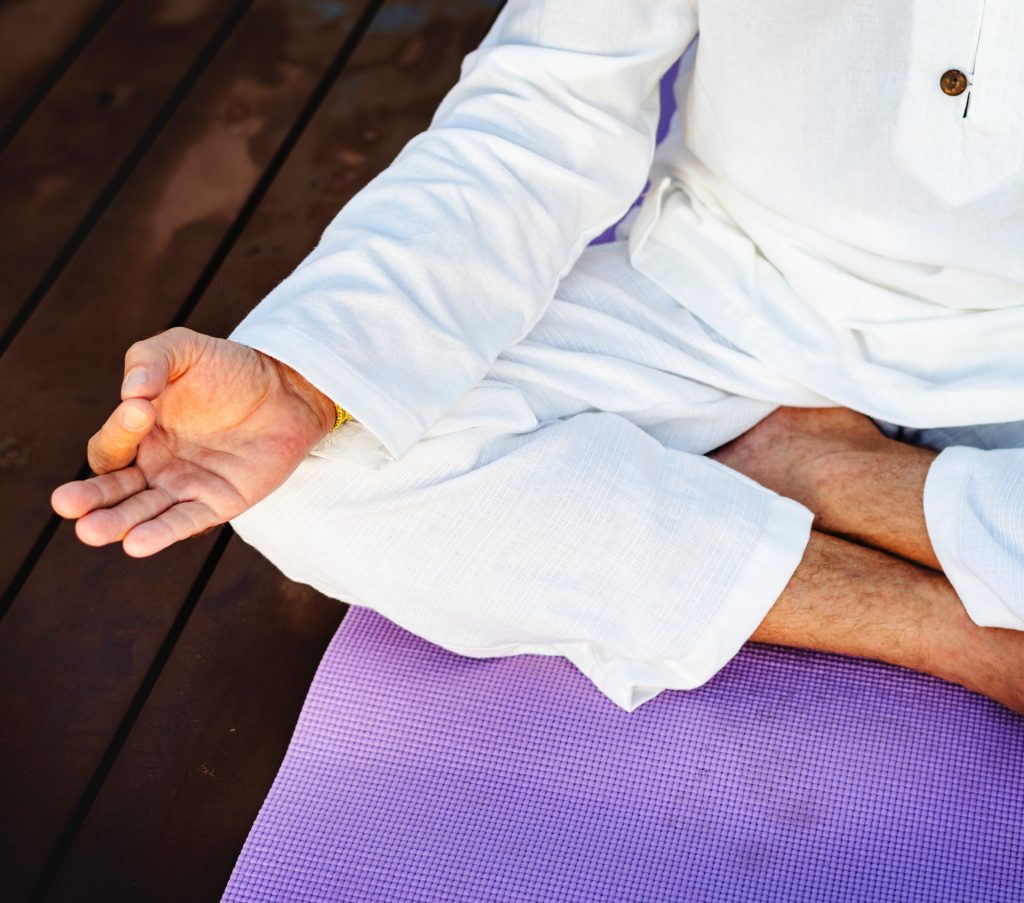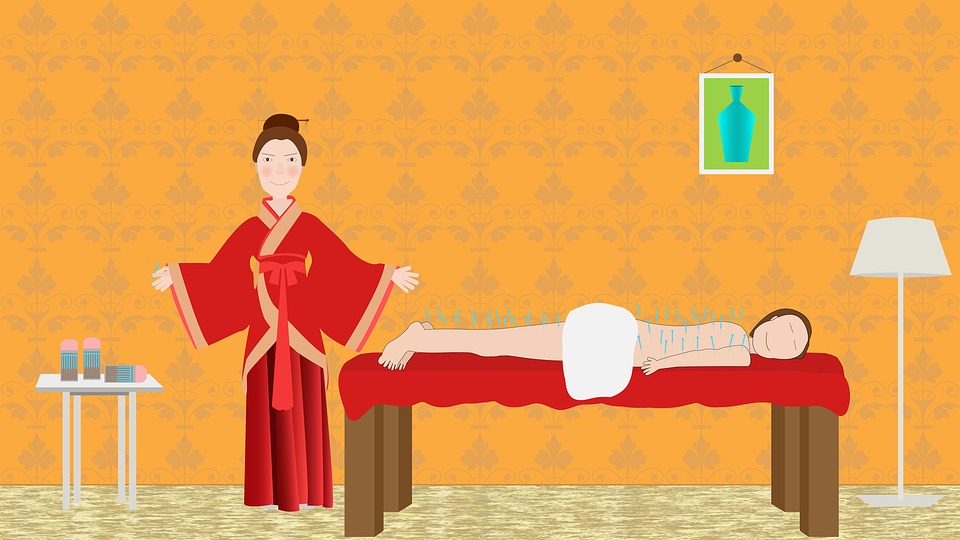Working out is an activity that divides people and opinions. Some claim that women who exercise look bulky and overly masculine, while others argue that you aren’t doing it right if you feel no pain in your muscles. While these claims have little truth to them, even bigger misconceptions exist regarding older adults and exercise.
When recommending exercises for seniors, many people suggest easy workouts that only slightly raise their heartbeat. The most frequent choices are walking, dancing, and other low impact exercises. Most of them don’t even think about lifting weights, but they should. This activity is often associated with the younger population but for no particular reason. Lifting weights is an ideal workout for the elderly too. Seniors don’t have to focus only on lifting weights, but they should put strength exercises into their workout regimen. Why? Well, there are many reasons, and in this article, we are going to talk about some of them. After reading this, we hope you consider weight training or recommend it to your elderly loved one.

Source: pexels.com
Three Key Reasons to Consider Weight Training
- Daily Living Activities
- Independence
- Balance

Source: pexels.com
Daily Living Activities
Luckily for older adults, almost all daily activities require them using strength. Even getting up out of bed or standing up from a chair requires a certain degree of force. One of the most popular activities among seniors is walking. While walking is undoubtedly healthy, it is not strength training.
With age, our muscles get weaker and we lose strength, so in order to slow down the atrophy, we should do some weight training. Unfortunately, many seniors don’t include strength training in their exercise routine. Because of this, they lose strength with every passing year, and in some time they find themselves having issues completing daily tasks.

Source: pexels.com
Independence
When this happens, loss of independence follows. Seniors who lack strength become unable to shop for groceries, do some heavy lifting around the home, and in more severe cases they can’t climb the stairs. Seniors who manage to maintain their strength can care for themselves even later in life. The best way to be one of those seniors is to incorporate strength training into your exercise routine.

Source: pexels.com
Balance
Balance comes with strength. The more strength you have, the easier to maintain your balance, which will prevent you from having falls that could lead to severe injuries. By working out, you can strengthen your core, postural muscles, and legs—all of which are essential for maintaining balance. Lifting weights and doing squats will do this for you.
How to Incorporate Strength Training
- Use your body
- Try using household items
Use Your Body
Even if you don’t have access to weights, your body still weighs something. Lunges, push-ups, and squats are just some of the exercises that will give you strength, and they require no additional load. Your body will be enough resistance for your muscles in most cases.
Use Household Items
Even cans of food can serve as weights and will be ideal equipment for strength exercises for your arms. This might sound funny, but dedicate some time to it, and you will see results in no time.
These are just some of the choices you have for adding strength exercises to your workout regimen. If you try, you will find numerous others. In the end, you will find out that there are many ways that will help you stay active, give you strength, and in the long run provide you with years of independence.
Featured Image Source: www.pexels.com
The post 3 Reasons Why Weight Training Is Recommended for Seniors appeared first on Best Homecare Tips.
Source: CareTips
























Recent Comments